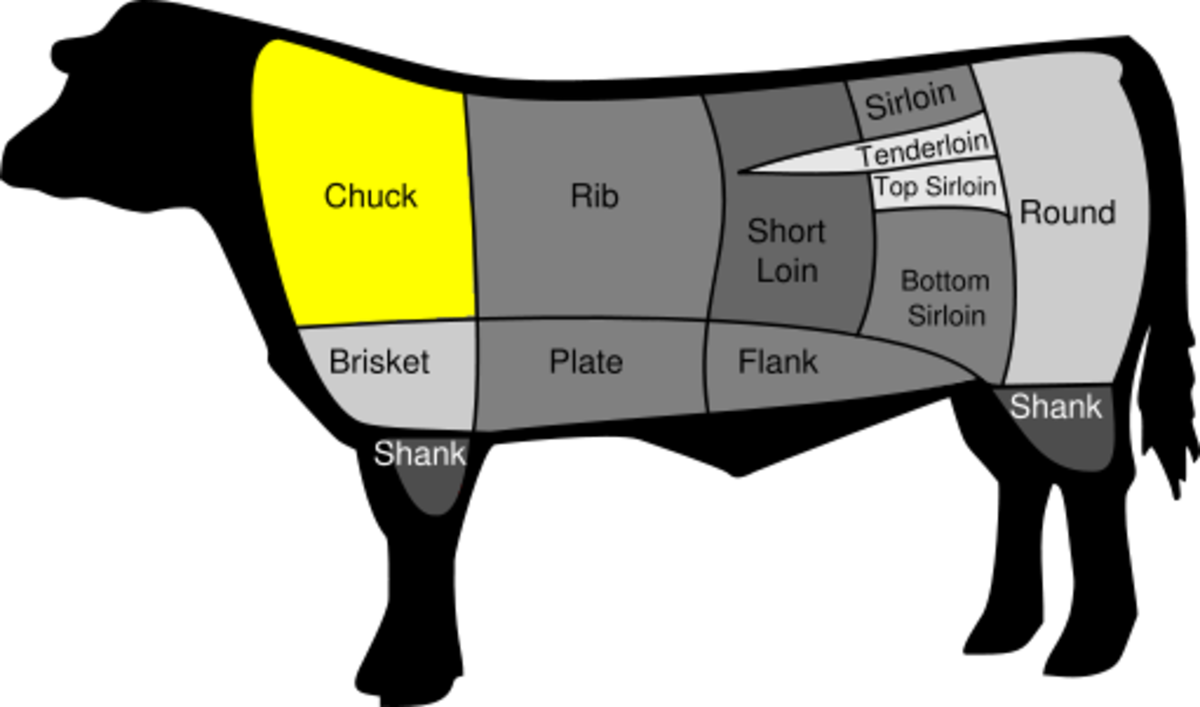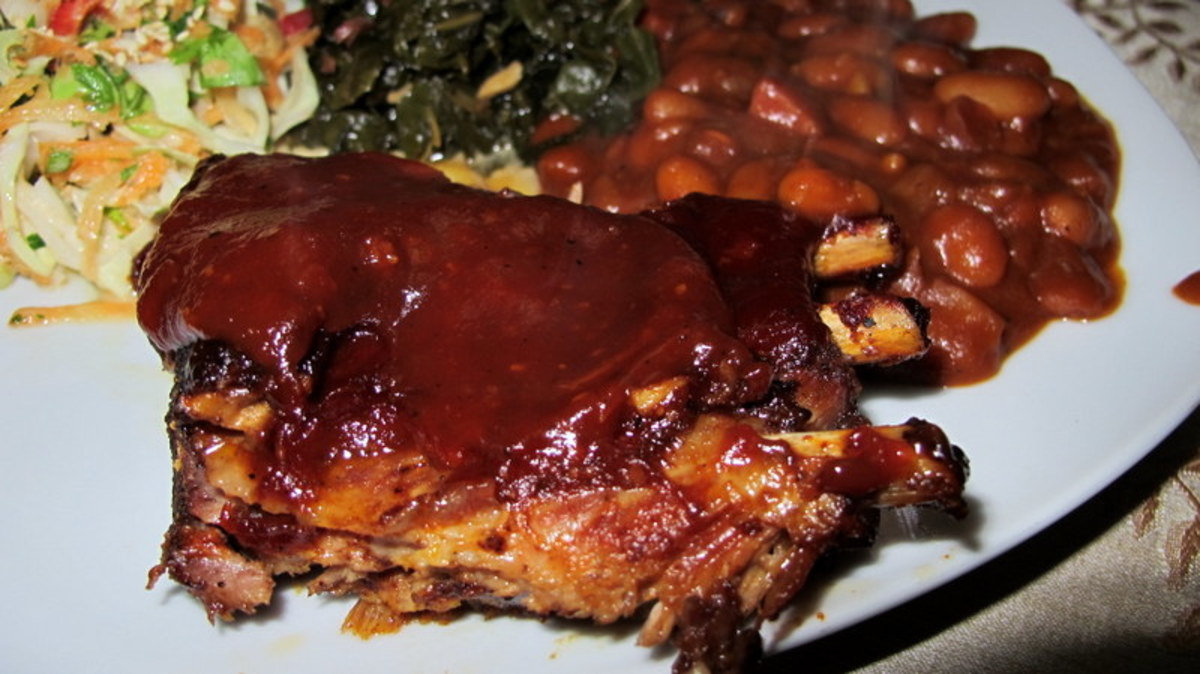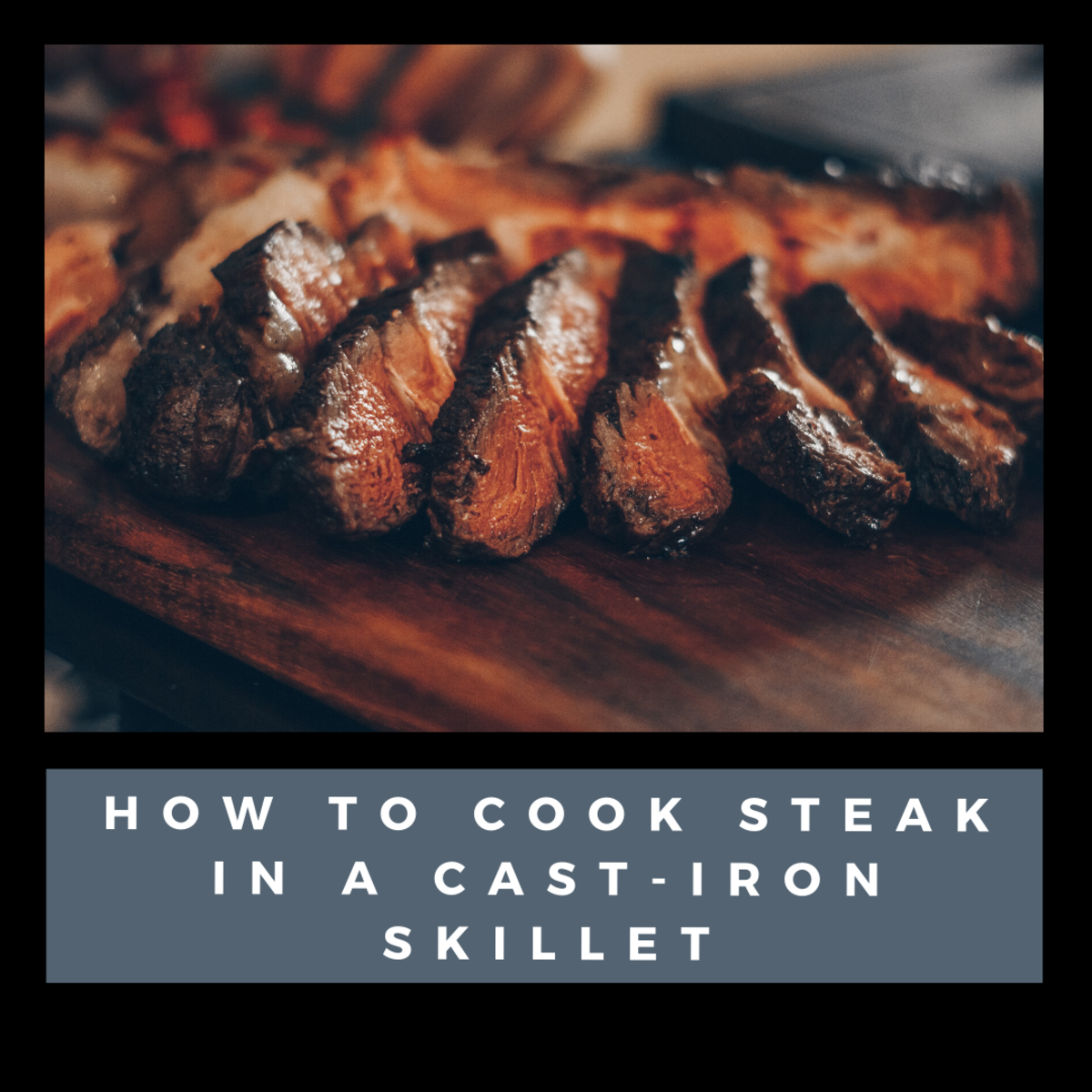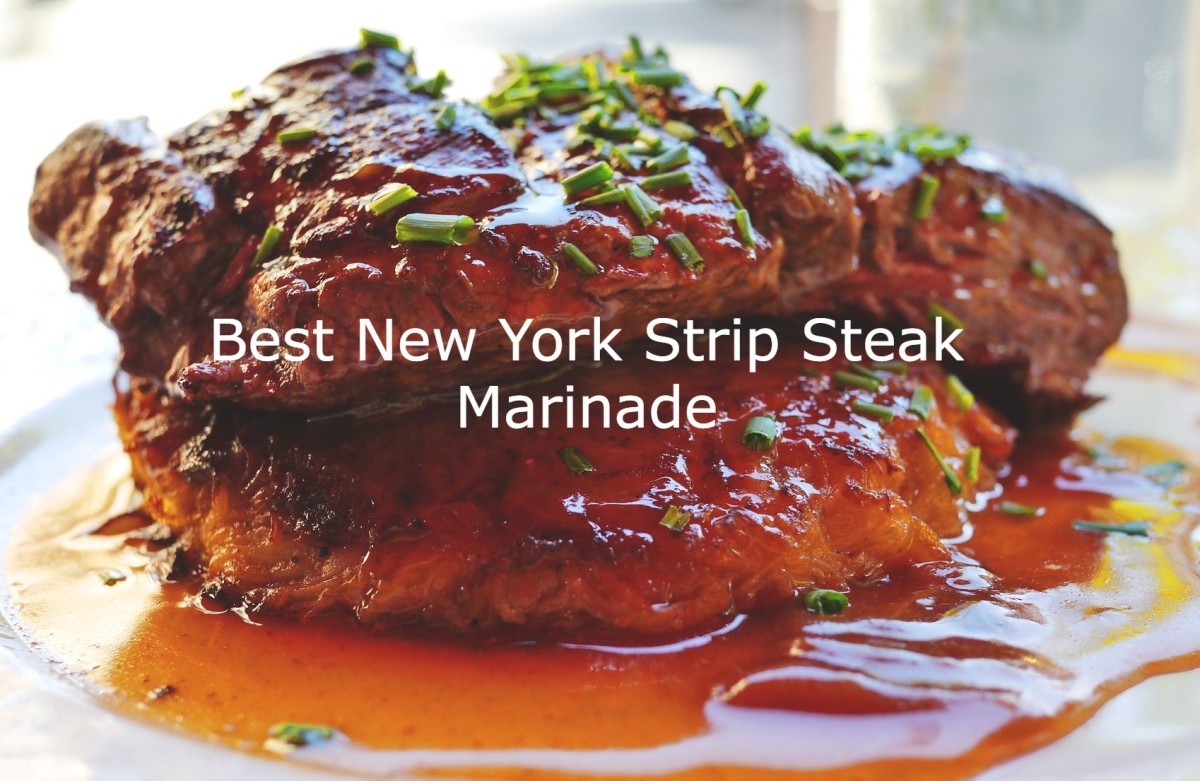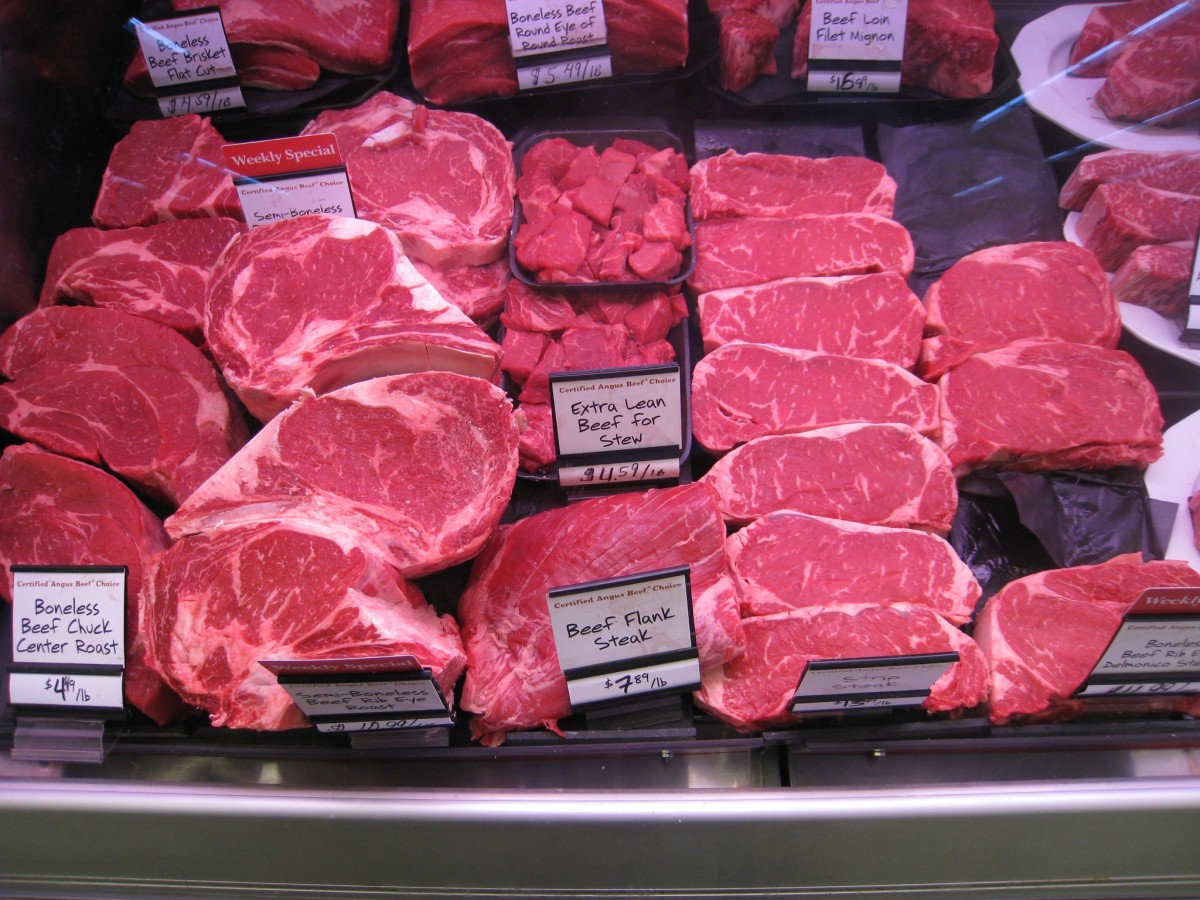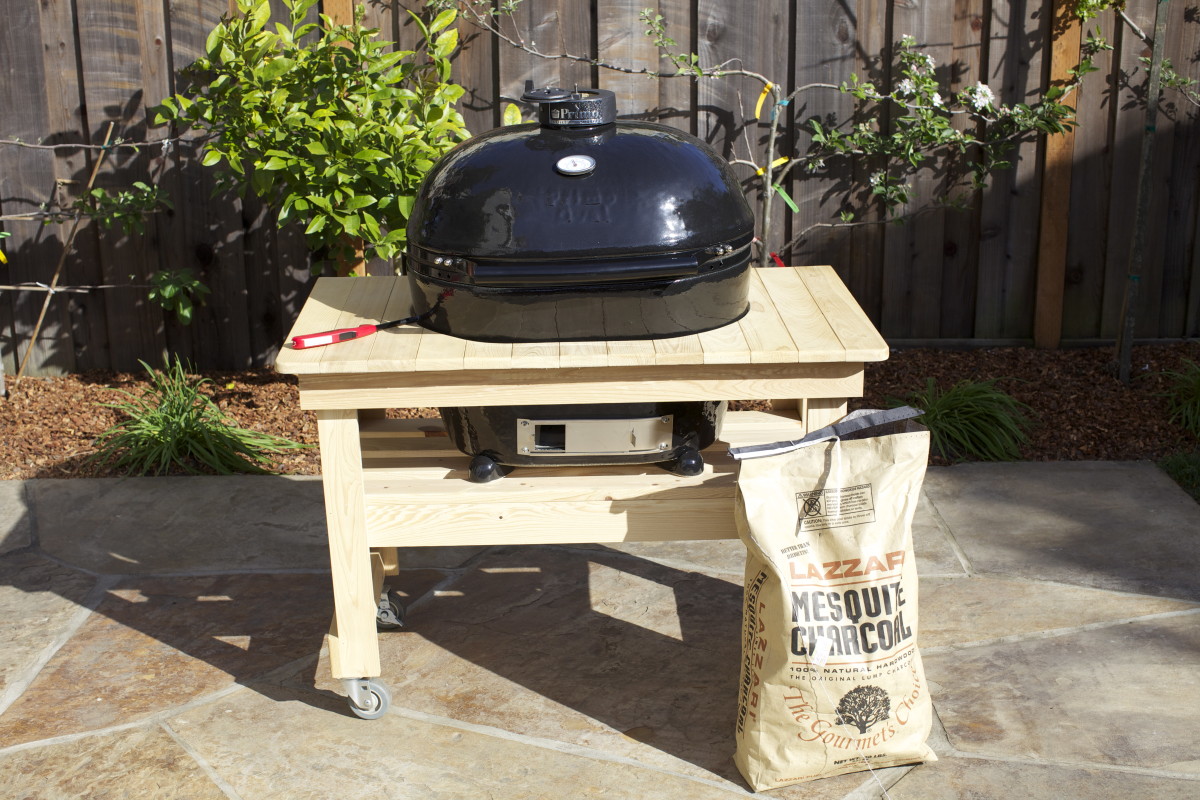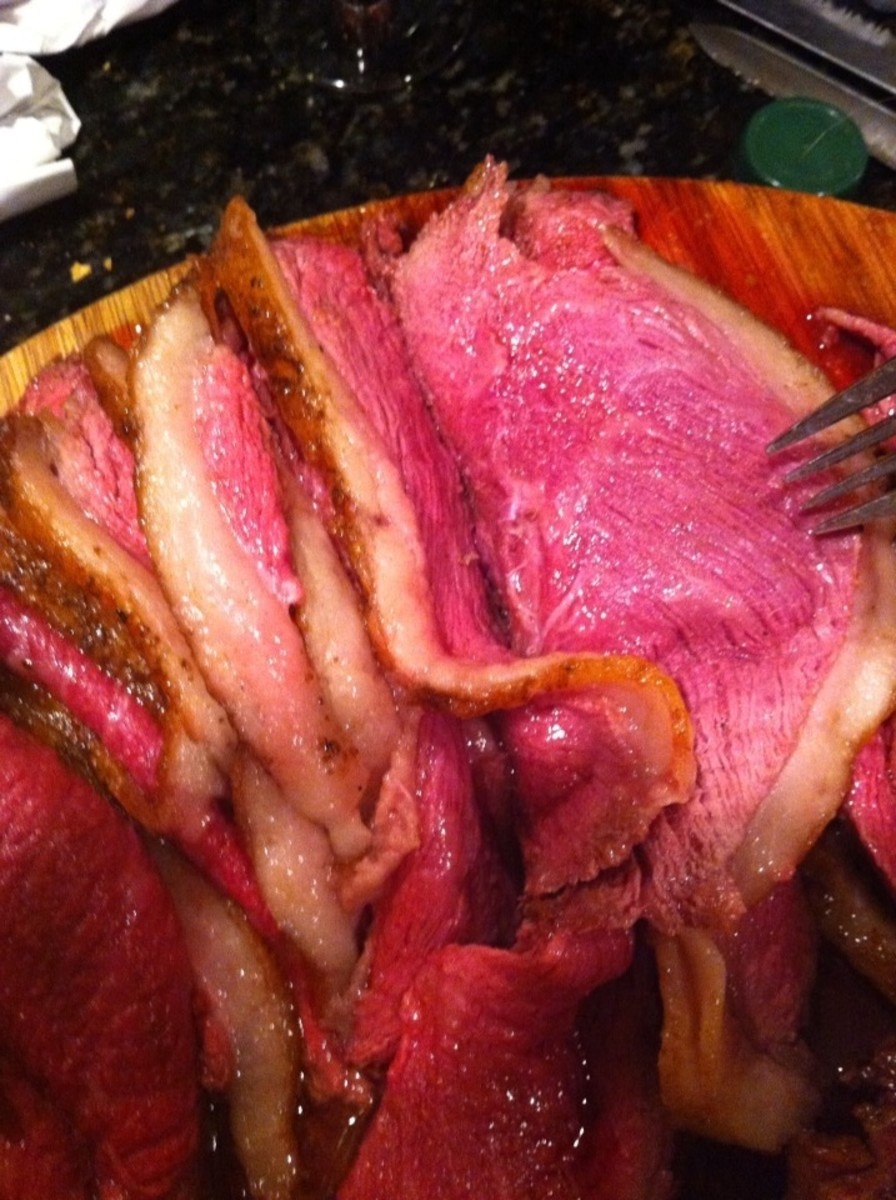Fabulous Secrets for Tender and Juicy Steak
Sizzled to Perfection
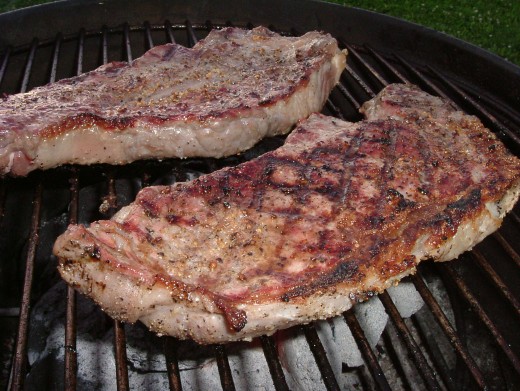
Secrets for Tender Steak
Why is it that some steak almost falls off the bone, whereas other meat is tough and stringy, has an almost bitter taste, and could be a close twin to old shoe leather?
Many people pick up what looks to be a good steak but when they come home and cook it, they are disappointed with the final results. What went wrong? How does one cook tender steak?
A juicy, melt-in-your-mouth steak, starts with your meat selection. If you buy the wrong cut, your steak may be bitter, tough or dry. Many home chefs wonder why their steaks are less than stellar. Even cuts traditionally thought to be a good choice for steak can prove disappointing.
If you want to master the art of grilling tender steaks, read on for tips about how to choose and prepare tender steak. It not as hard as it seems. A little know-how can make a world of difference as to how your steak turns out, and if you follow the pointers in this article, soon, you'll be sinking your teeth into a steak that is delicious and satisfying, without having to visit and pay top dollar for a steak at a steak house.
Steaks Cooking on Grill
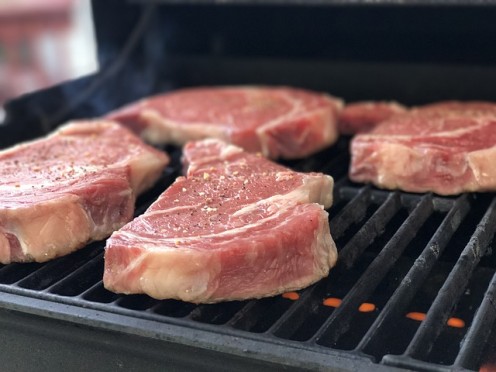
Did You Know?
Your choice of cut makes a huge difference.
Grade, Choice and Thickness
Cooking up tender steak starts first of all with:
- Grade of Meat--The grade of meat you buy. "Prime" is more tender than "Choice." If your steak is a lower grade of meat, all the tricks in the world won't make it something it is not.
- Choice of Cut--Your choice of cut plays a huge role in how tender your steak will ultimately turn out to be. Will it be blade steak, rib-eye, sirloin, strip, tenderloin, or T-bone? (See information below on a good cut to choose for tender steak.)
- Marbling--fat plays a big role in how tender or tough steak is. This is one time where being "fat conscious" will lead to less than stellar results. Marbling is the fat that is found within the meat and it contributes to both flavor and tenderness. Generally speaking the more marbling, the better the cut of meat.
- Steak Thickness--How thick your steak is makes a difference because thin steaks tend to cook too fast and dry out. Aim for 3/4'-11/2" thickness, which will help when cooking because thicker-cut meat stays juicier.
Thick is the Trick
Thick steaks cook up better.
Time to Grill up a Delicious Steak
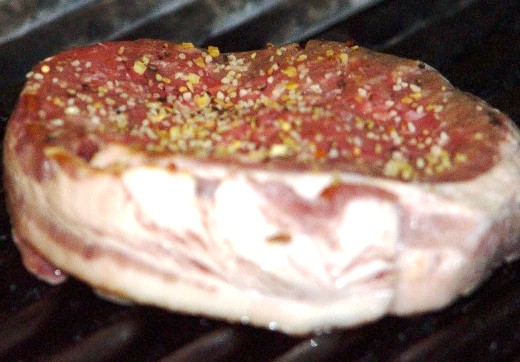
Which Cut?
A Word About Marbling
Steaks that are not marbled tend to dry out and can be very chewy, stringly, and tough. Marbling helps steaks to stay juicy.
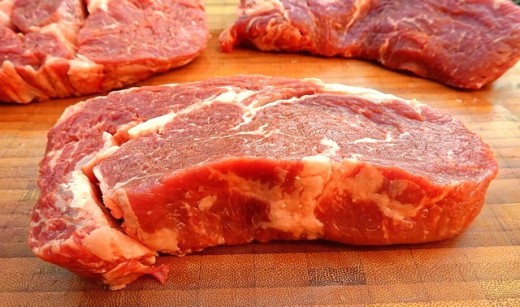
Did You Know?
How long meat has been aged also contributes to tenderness. If you are buying from a meat shop, you may be able to find out how long the meat has been aged.
Before You Grill
Marinating Your Steak
You can enhance the flavor of and tenderize your meat further by marinating your meat either for the specified time on the package (usually around 15-20 minutes) or--if you want meat that almost falls from the bone-- by marinading your steak overnight.
Why Blade Steak?
Blade steak is my number one choice for tender steak. It is also inexpensive compared to other choice cuts.
Best Choice for Tender Steak
Surprisingly, one of the best choices, if you want very tender steak is blade steak. This is often thought to be a cheap cut of meat, inferior to sirloin but it makes for delicious steaks. Why?
Blade steaks are well-marbled, which translates into juicy, with meat dropping from the bone, tender with a capital T. The down side is that blade steaks do contain fat; however, you can trim the visible fat off prior to cooking. In truth, you really can't have one without the other. As long as you aren't eating steak each night of the week, this shouldn't be a problem. We all do well to watch how much fat we consume.
Blade steak is so tender that you can cook it as is, or if you like the flavor of marinaded steak, you can also buy your favorite marinade and marinade the meat to tenderize it further.
Once it is ready, you can cook your blade steak, either using a broiling pan and your oven's grilling function or cooking your steak out on the barbecue.
Adding Barbecue Sauce, the Perfect Finishing Touch
Adding barbecue sauce towards the end of the grilling time can also increase flavor. Sauce should be cooked into the meat and not just spread over the top when the meat has finished cooking.
Mmm... Thick, Juicy Barbecued Steak... it Just Doesn't Get Better Than This
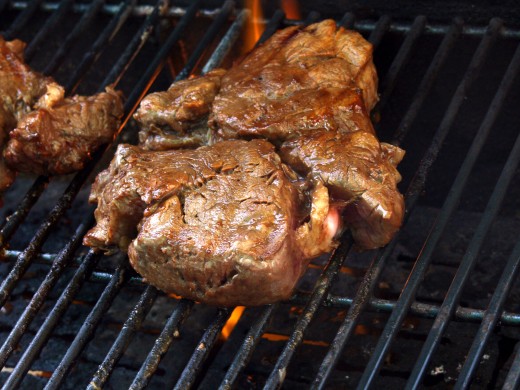
Barbecuing Your Steak
If you like the taste of barbecued steak, Kraft Regular barbecue sauce is a popular favorite--or, if you want to make your own barbecue sauce, see my recipe for Best Barbecue Sauce. This is a good all-round recipe that can be used for chicken, turkey, beef and pork. It's fail-proof and makes up quickly.
Spread barbecue sauce over steak with a brush or a spoon. Brush one side of meat and when you turn it over, brush the other side. Some cooks opt to do this halfway through cooking time.
A Neat Trick When Broiling Steak in the Oven
If you don't have a barbecue or grill, your other option is to broil your steak in your oven. How do you do that for the very best results?
If you set your oven to broil, you do not have to turn the dial up all the way or to 500 degrees, as is commonly thought. This could result in meat that cooks too fast and burns on the outside. The overhead element will still come on if you set your oven at a lower temperature and leave the door cracked open for grilling. I would suggest trying your steaks at around 350 degrees.
The lower temperature does a much better job of broiling your steaks, allowing them to cook in the middle without becoming over-browned.
If you use a proper double grilling pan, you will achieve better results, as well.
Tender and Juicy and Not Tough and Dry as Old Shoe Leather
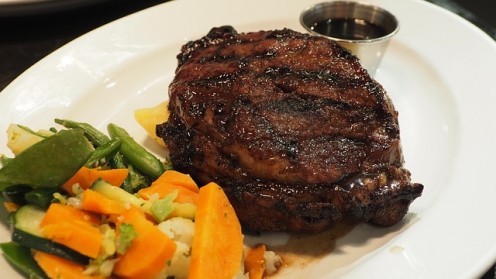
Choosing the right type of meat, marinating it and adding barbecue sauce is a formula for delicious, tender and juicy steak. Enjoy!
Do You Enjoy Grilling Steak at Home?
© 2013 Athlyn Green

